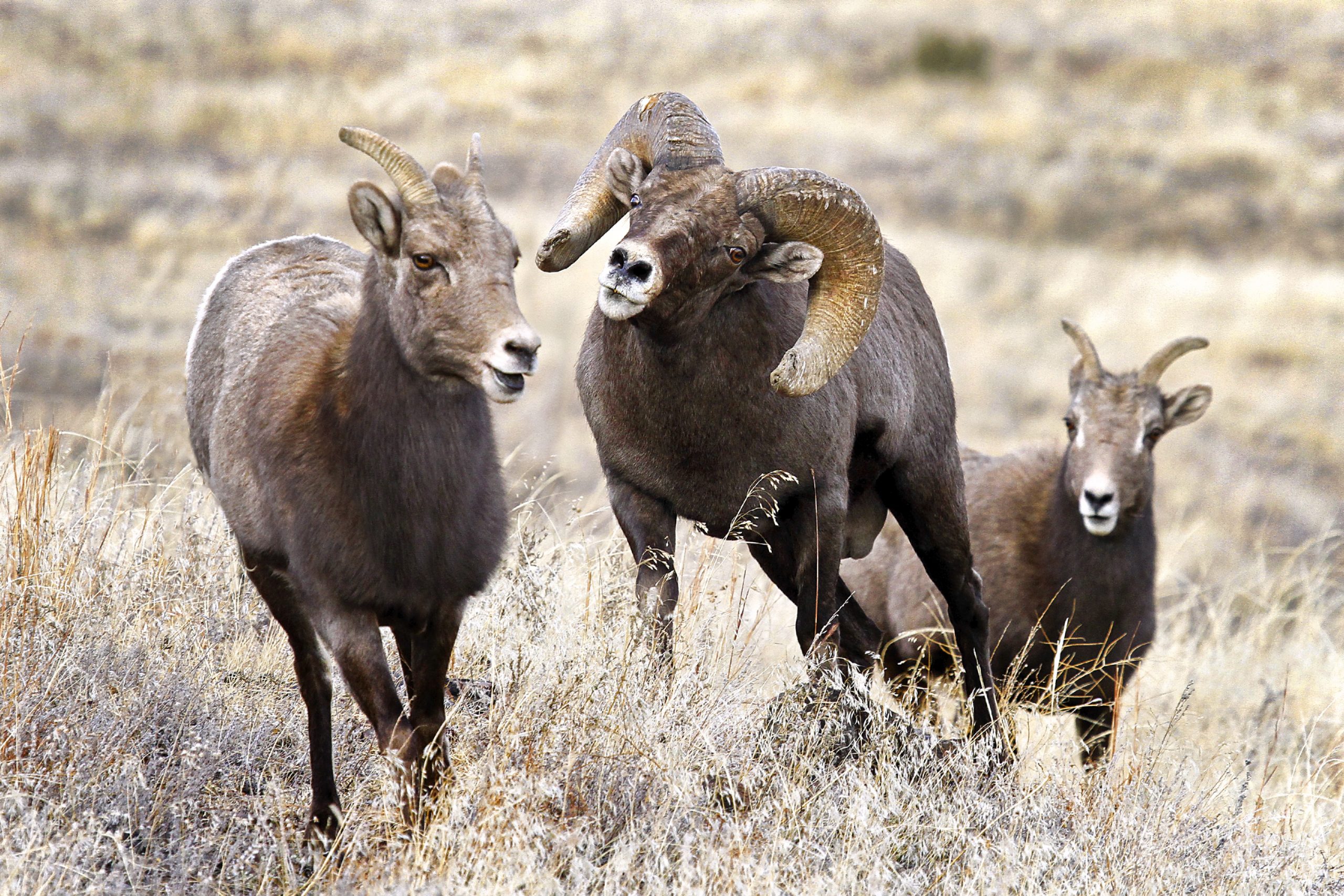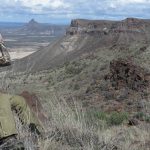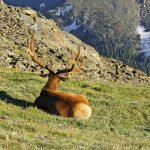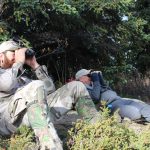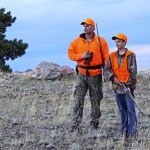Wild sheep are a conservation success story, but it’s still tough to draw a tag.
Photo above by Vic Schendel
As a hunter in America today, if you want to hunt deer, you can do so without much trouble. Want to hunt pronghorn, elk, or black bears? With a little planning, you can likely pull those off as well.
Wild sheep, though, are a different story. If you want to go on a sheep hunt, you are probably going to have to do one of two things: spend years and years applying for tags, with no guarantee of ever drawing one, or pony up a significant amount of money for a guaranteed tag and a guided hunt in a place like Alaska, Mexico, Alberta, or British Columbia.
Quite simply, it’s a supply-and-demand issue. The conservation efforts funded by hunters since the 1930s have been phenomenally successful at restoring abundant populations of deer, elk, pronghorn, and other animals to North America. But sheep populations are fragmented, and wild sheep face unique threats, chief among them a vulnerability to respiratory disease from domestic sheep and goats.
The fact that most hunters who love sheep will never actually get to hunt one has not stopped the impressive conservation efforts that hunters are funding for these animals. One of the most successful has been trap-and-transfer programs. According to the Wild Sheep Foundation (WSF), over the past century, some 22,000 wild sheep, primarily Rocky Mountain and desert bighorns, have been captured from healthy herds and transplanted into areas with few or no sheep, vastly expanding North America’s sheep range and population. A recent example was a 2021 release of 19 ewes, 2 lambs, and 5 rams into Montana’s Tendoy Range, where the previous bighorn population had been wiped out by respiratory disease in 2015. More sheep are set to join them this year.
Thanks to these efforts, which are spearheaded and supported by conservation groups such as WSF and its chapters, state and provincial game departments, and private landowners, North America’s bighorn populations have increased from an estimated 25,000 in 1960 to 85,000 today. That’s still not a huge number, but it’s a vast improvement, and represents a consistent trend in the right direction.
It’s impressive that so many people who will probably never draw a sheep tag are committed to sheep conservation anyway. There’s a precedent for this. It’s hard to imagine now, but a century ago, white-tailed deer numbers were so low that most hunters didn’t even bother trying for one. Through habitat work and trap-and-transfer programs, conservation-minded hunters worked to change that. Today, of course, we take for granted that we can get a deer license. Those who are dedicated to sheep conservation hope that one day, the same scenario will hold true for sheep—and that sheep hunting will have gone from aspirational to attainable for the average hunter.
To learn more about the Wild Sheep Foundation and its conservation work, visit wildsheepfoundation.org.

